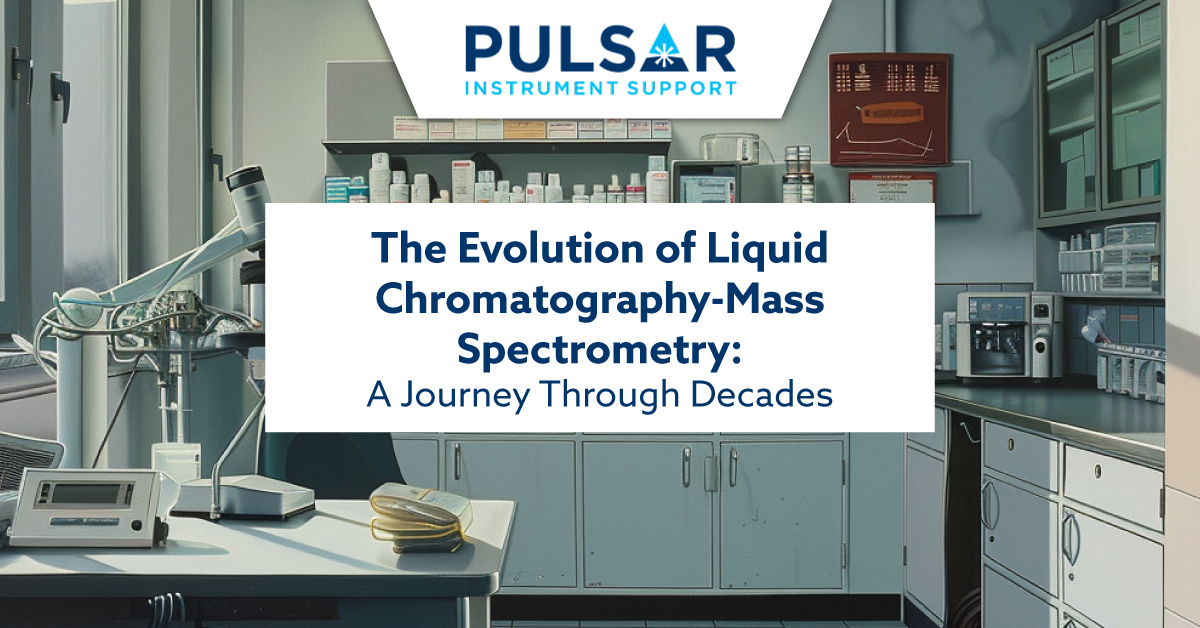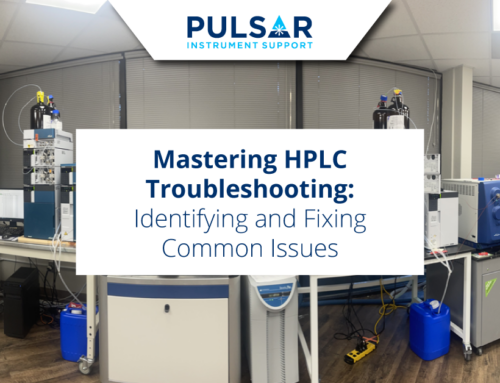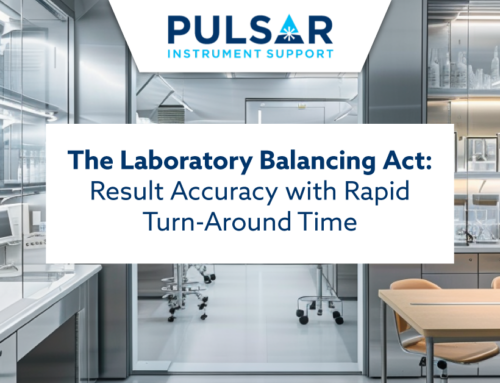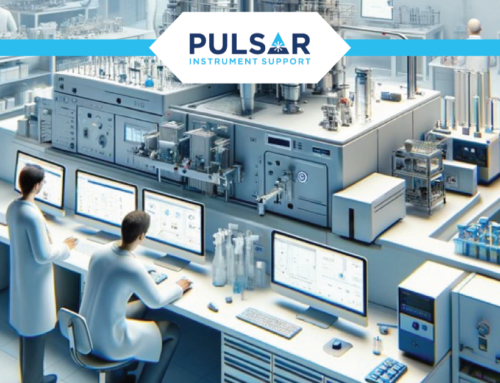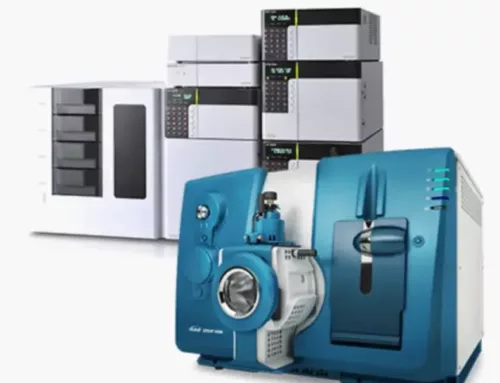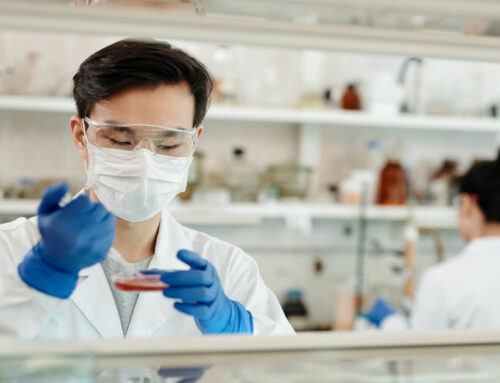Liquid Chromatography-Mass Spectrometry (LC-MS) is a powerful analytical technique that has significantly evolved over the past few decades. It combines the physical separation capabilities of liquid chromatography with the mass analysis prowess of mass spectrometry. This innovative fusion allows scientists to identify unknown compounds, quantify known materials, and elucidate the structures and chemical properties of molecules. Let’s explore the transformative journey of LC-MS from its inception to its current status as an indispensable tool in scientific research.
Early Beginnings
The roots of liquid chromatography date back to the early 20th century. However, it wasn’t until the 1970s that researchers began to couple liquid chromatography with mass spectrometry effectively. The initial challenge was developing interfaces that could seamlessly integrate the output of liquid chromatography—a liquid-phase sample—with the vacuum conditions necessary for mass spectrometric analysis. Early attempts were cumbersome and inefficient, but they set the foundation for future innovations.
Technological Breakthroughs in the 1980s
The 1980s witnessed several breakthroughs that significantly advanced the LC-MS field. One of the most critical developments was the invention of the electrospray ionization (ESI) technique by John Fenn, for which he later won the Nobel Prize in Chemistry in 2002. ESI enabled the ionization of large, fragile biomolecules directly from the liquid phase into the gas phase without decomposition, thus opening new avenues for biological and pharmaceutical research.
Simultaneously, atmospheric pressure chemical ionization (APCI) was developed as another effective ionization technique that complemented ESI, particularly suitable for slightly less polar substances. The advent of these ionization techniques allowed LC-MS to become more versatile and robust, handling a wide range of compounds with varying properties and complexities.
Expansion and Refinement in the 1990s to Today
 Throughout the 1990s and into the 21st century, LC-MS continued to expand its capabilities. Improvements in technology, such as the introduction of ultra-high performance liquid chromatography (UHPLC), have made analyses much faster and more sensitive. UHPLC uses smaller particle sizes in the column chromatography phase, significantly speeding up the separation process while improving resolution and efficiency.
Throughout the 1990s and into the 21st century, LC-MS continued to expand its capabilities. Improvements in technology, such as the introduction of ultra-high performance liquid chromatography (UHPLC), have made analyses much faster and more sensitive. UHPLC uses smaller particle sizes in the column chromatography phase, significantly speeding up the separation process while improving resolution and efficiency.
Today, LC-MS systems are more sophisticated than ever. They can now operate with minimal human intervention and are equipped with advanced software for data analysis, drastically reducing the time from sample preparation to result interpretation. The integration of machine learning and artificial intelligence has further enhanced the analytical capabilities of LC-MS, allowing for more accurate predictive modeling and complex data analysis in real-time.
Impact and Applications
The impact of LC-MS has been profound across various fields. In pharmaceuticals, it is essential for drug discovery and development, helping to analyze drug candidates, monitor impurities, and ensure product purity. Environmental science relies on LC-MS for detecting pollutants and toxins in water and soil, even at very low concentrations.
Moreover, in the field of biomedicine, LC-MS has become a cornerstone for proteomics, metabolomics, and lipidomics. It supports disease diagnosis through the identification of biomarkers and aids in the personalized medicine approach by analyzing patient-specific responses to drugs. Food safety and quality control sectors also employ LC-MS to detect contaminants like pesticides, allergens, and toxins in food products.
Pulsar Instrument Support: Enhancing LC-MS Operations
For laboratories relying on LC-MS, maintaining the sophisticated equipment in optimal condition is crucial. Pulsar Instrument Support provides comprehensive maintenance, validations, and repairs for LC-MS instruments across the continental United States. With a team of experienced technicians, Pulsar ensures that your LC-MS systems are operating at peak performance, minimizing downtime and extending the lifespan of the instruments. Their services include routine preventative maintenance, emergency repairs, and thorough validations to meet industry standards, ensuring that your analyses are accurate and reliable.
Future Directions
The future of LC-MS looks promising with ongoing advancements in technology and methodology. The focus is likely to shift towards even greater automation, higher throughput, and the integration of LC-MS with other analytical techniques to achieve more comprehensive analyses. Researchers are also working on making LC-MS more accessible and user-friendly, reducing the need for highly specialized knowledge to operate the equipment and interpret the results.
From its early experimental setups to its current state-of-the-art implementations, Liquid Chromatography-Mass Spectrometry has truly revolutionized the field of analytical chemistry. As we continue to push the boundaries of what can be analyzed and understood at the molecular level, LC-MS will undoubtedly play a crucial role in driving scientific innovation forward. The journey of LC-MS is a testament to the relentless pursuit of knowledge and the incredible advancements that can be achieved through the synergy of different scientific disciplines.

